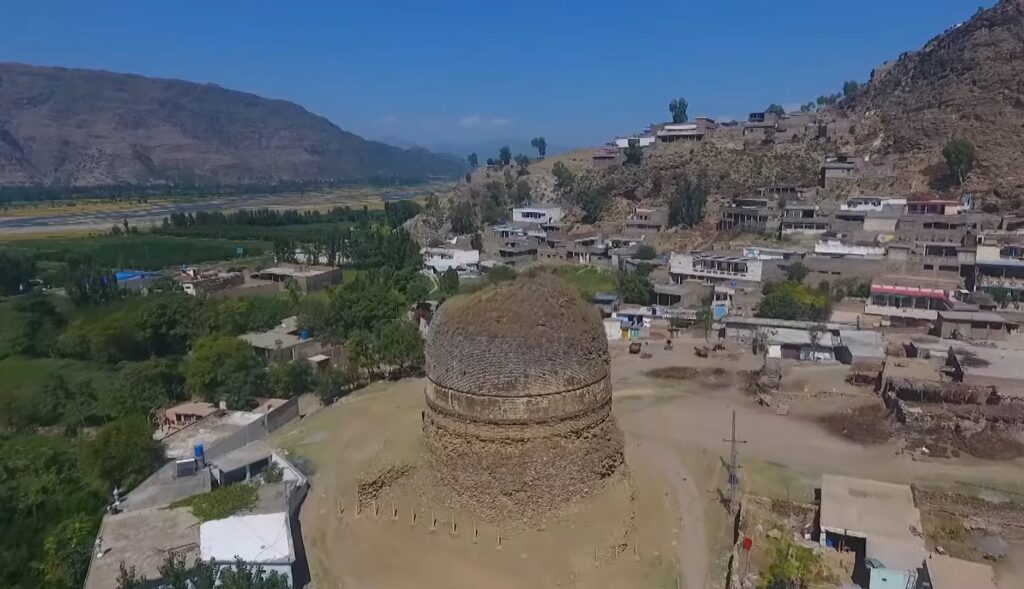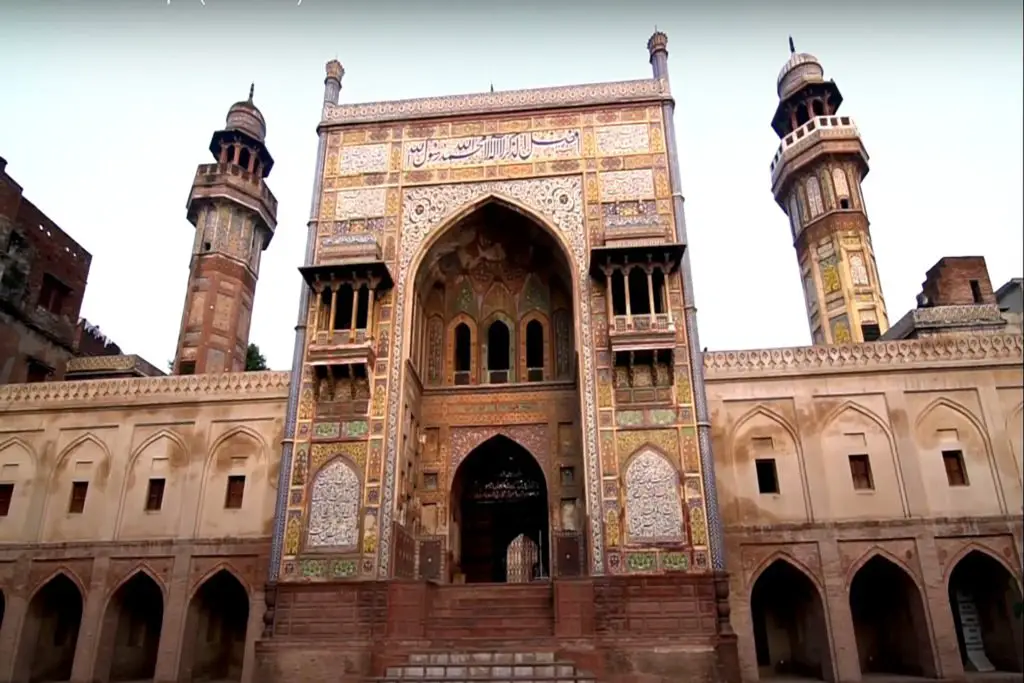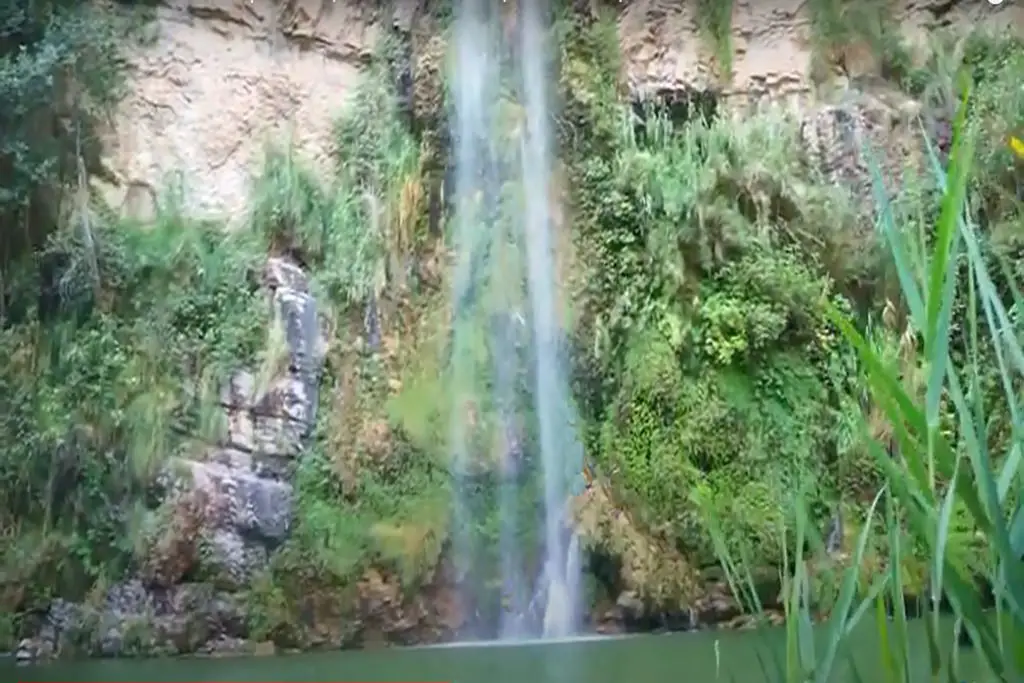Taxila, also known as Takshashila, is an ancient city in present-day Pakistan that played a significant role in the development of Indian civilization. Located approximately 20 miles northwest of Islamabad, Taxila was once an important center of learning and culture, attracting scholars and students from all over the ancient world.
Location of Ancient Taxila
Taxila or Takshashila lies about 20 miles northwest of the Islamabad–Rawalpindi metropolitan region and is simply south of the Haripur District of Khyber Pakhtunkhwa. In 326 BCE, Alexander notably gained management of the city without a battle, as it became immediately surrendered to him by way of Omphis.
Today, the ruins of Taxila are a UNESCO World Heritage Site and one of Pakistan’s top tourist attractions. Visitors can explore the city’s ancient ruins, including the remains of its monasteries, temples, and university buildings. The Taxila Museum, located on the outskirts of the city, contains a collection of artifacts and exhibits related to the history of the city and its people.
History of Taxila City
Taxila’s history dates back to the 6th century BCE, when it was a part of the Achaemenid Empire. The city later came under the control of Alexander and his successors, before falling under the rule of the Maurya Empire in the 3rd century BCE. During this time, Taxila was a center of Buddhist learning, with several famous monasteries and universities located in the city.
From the historical Neolithic tumulus of Saraikala to the ramparts of Sirkap (2nd century B.C.) and the city of Sirsukh (1st century A.D.), Taxila illustrates the different tiers in the improvement of a metropolis on the Indus that was alternately stimulated by way of Persia, Greece and significant Asia and which, from the 5th century B.C. to the 2d century A.D., turned into an important Buddhist center of mastering.
Antique Taxila changed into a critical city of ancient India, located at the jap shore of the Indus River—the pivotal junction of the subcontinent and valuable Asia, it turned into founded around 1000 BCE. A few ruins at Taxila date to the time of the Achaemenid Persian Empire, accompanied successively by the Maurya Empire, the Indo-Greek kingdom, the Indo-Scythians, and the Kushan Empire.
Owing to its strategic place, Taxila has modified fingers typically over the centuries, with many polities vying for its manipulation. While the wonderful historic alternate routes connecting these regions ceased to be critical, the city sank into insignificance and in the end destroyed within the 5th century by the invading Hunas.
In mid-19th century British India, historical Taxila’s ruins were rediscovered by British archaeologist Alexander Cunningham.
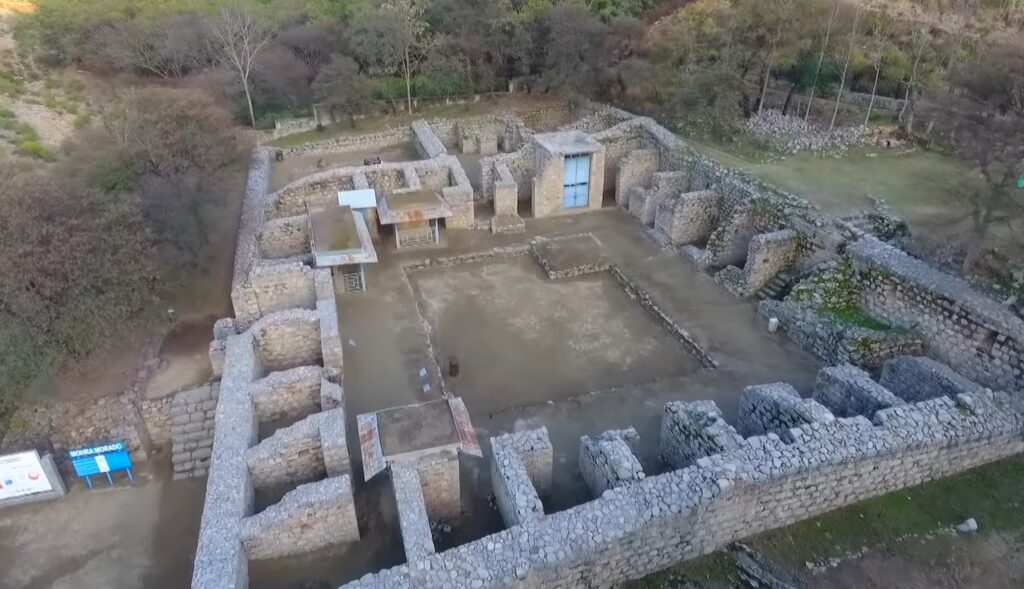
Taxila consists of a Mesolithic cave and the archaeological stays of four early settlement sites, Buddhist monasteries, and a Muslim mosque and madrassa.
Situated strategically on a department of the Silk Route that connected China to the West, Taxila reached its apogee between the first and fifth centuries. it is now one of the maximum vital archaeological Sites in Asia.
The ruins of the four settlement sites at Taxila reveal a sample of urban evolution in the Indian subcontinent through more than five centuries. The Bihr mound is related to the historic event of the effective access of Alexander the terrific into Taxila.
The archaeological sites of Sarai Kala, Bhir, Sirkap, and Sirsukh are together of specific significance in illustrating the evolution of city agreement on the Indian subcontinent. The prehistoric mound of Saraikala represents the earliest settlement of Taxila, with proof of Neolithic, Bronze Age, and Iron Age career.
The Bhir mound is the earliest ancient town of Taxila and changed likely based on the sixth century BC via the Achaemenians. Its stone walls, residence foundations, and winding streets constitute the earliest types of urbanization on the subcontinent. Bihr is also related to Alexander the notable’s victorious access into Taxila in 326 BC.
Sirkap became a fortified metropolis founded at some point in the mid-2nd century BC. The various private houses, stupas, and temples have been laid out on the Hellenistic grid gadget and show the sturdy Western classical impact on local architecture. The city was destroyed in the 1st century by the Kushans, a primary Asian tribe.
To the north, excavations of the ruins of the Kushan metropolis of Sirsukh have added to light an abnormal rectangle of walls in ashlar masonry, with rounded bastions. these partitions attest to the early impact of valuable Asian architectural forms on those of the subcontinent.
One of the most famous scholars associated with Taxila is the philosopher and economist Chanakya, who is said to have taught at the city’s university in the 4th century BCE. Chanakya is credited with writing the Arthashastra, an ancient Indian text on economics, politics, and governance that is still studied by scholars today.
In addition to its role as a center of learning, Taxila was also an important center of trade and commerce. The city was located at the crossroads of several major trade routes, including the Silk Road, and was known for its production of textiles, jewelry, and metalwork.
The Taxila serial site additionally consists of Khanpur cave, which has produced stratified microlithic equipment of the Mesolithic period, and some of Buddhist monasteries and stupas of numerous durations. Buddhist monuments erected during the Taxila valley converted it into a non-secular heartland and a destination for pilgrims from as far afield as crucial Asia and China.
The Buddhist archaeological sites at Taxila include the Dharmarajika complex and stupa, the Khader Mohra grouping, the Kalawan grouping, the Giri monasteries, the Kunala stupa and monastery, the Jandial complex, the Lalchack and the Badalpur stupa remains and monasteries, the Mohra Moradu monastic stays, the Piplan and the Jaulian stays, and the Bhalar stupa and remains. The Giri complex additionally consists of the stays of a 3-domed Muslim mosque, ziarat (tomb), and madrassa (college) of medieval duration.
The archaeological complex of Taxila is true in phrases of its paperwork and layout, materials and substance, and locations and settings. The assets are being maintained to guard and hold them from any modifications to their authenticity.
Specific attention to authenticity is being paid in conservation plans if you want to preserve authentic designs, traditions, strategies, places, and settings, in step with international principles.
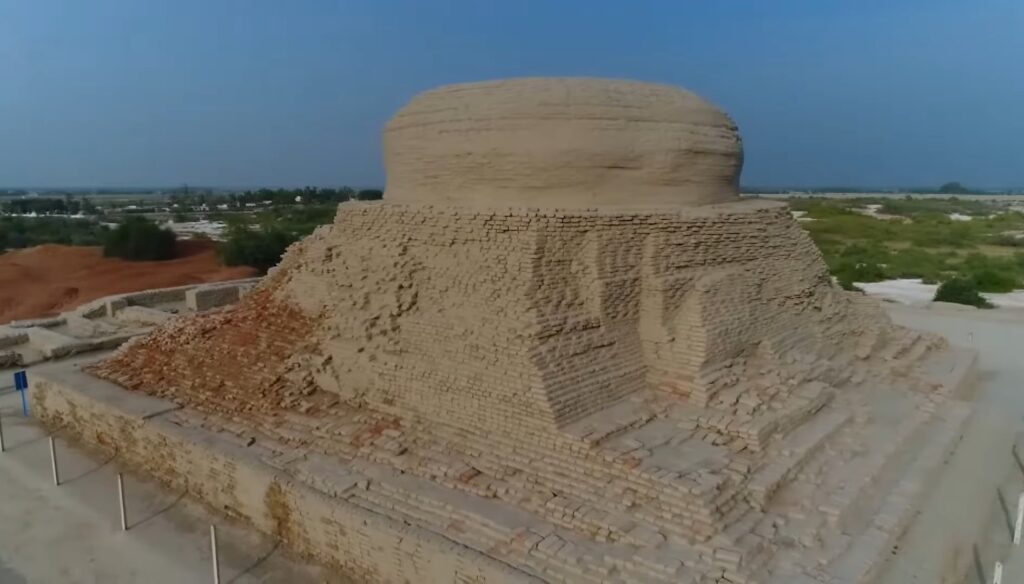
Taxila is a blanketed antiquity in terms of the Antiquities Act, of 1975, surpassed by the Parliament of the Islamic Republic of Pakistan. The Charter (18th amendment) Act 2010 (Act No. X of 2010), bestowed the authorities of the Punjab and the government of Khyber Pakhtunkhwa with full administrative and monetary authority over all heritage sites placed in those respective provinces.
The Directorate Standard of Archaeology and Museums of the Provincial Government of Punjab and the Directorate of Archaeology of the Provincial Government of Khyber Pakhtunkhwa are chargeable for the control and protection of Taxila, which is constructed from 18 archaeological sites, ten of which can be geographically placed in Punjab province and eight in Khyber Pakhtunkhwa province.
Maintaining the exquisite general cost of the belongings over the years would require completing, approving, and implementing the master Plan for the assets and strengthening the complete management Plan in phrases of worldwide requirements in addition to scientific processes; carrying out the required medical studies on plants manage to decrease the damage to the masonry and shape of the monuments; undertaking an impact evaluation of the heavy industries, military compounds, and stone quarrying within the area, and redefining.
If essential, the boundaries of the property within the context of this assessment; handling the existing boundaries and buffer zones to shield the setting; applying to Taxila the national program to prevent unlawful excavation and trafficking in artifacts; and strengthening co-operation among making plans, improvement, and cultural history organizations.
The ruins of the 4 settlement sites at Taxila reveal the sample of city evolution on the Indian subcontinent through more than 5 centuries. This type of site, the Bihr mound, is related to the historic event of the successful access of Alexander into Taxila. The archaeological sites of Saraikala, Bhir, Sirkap, and Sirsukh are together of specific importance in illustrating the evolution of urban agreement on the Indian subcontinent.
The prehistoric mound of Saraikala represents the earliest settlement of Taxila, with evidence of Neolithic, Bronze Age, and Iron Age careers. The Bhir mound is the earliest ancient city of Taxila and became likely based in the 6th century BC with the aid of the Achaemenians. Its stone partitions, house foundations, and winding streets constitute the earliest styles of urbanization at the subcontinent. Bihr is also related to Alexander the Awesome’s victorious access into Taxila in 326 BC.
Sirkap was a fortified town for the duration of the mid-2nd century BC. The various private homes, stupas, and temples were laid out at the Hellenistic grid device and display the robust Western classical have an impact on nearby architecture. The city was destroyed within the 1st century by the Kushans, an imperative Asian tribe.
To the north, excavations of the ruins of the Kushan town of Sirsukh have delivered to light an irregular rectangle of walls in ashlar masonry, with rounded bastions. These partitions attest to the early impact of primary Asian architectural paperwork on those of the subcontinent.
In the obstacles of the property are placed all of the elements vital to specific the brilliant generic price of Taxila. Exposure of the archaeological stays to the extremes of a tropical climate, out-of-control growth of flora, and earthquakes represents a chance for the overall integrity of the belongings, as do expansions of the industrial estates placed in the Taxila Valley (in spite of their place outside the buffer region), limestone blasting and quarrying sports inside the valley, and unlawful excavations by way of looters inside the Buddhist monastery.
There are five small stupas inside the metropolis. The primary one is the Dharmarajika stupa, which is found miles from the Taxila Museum. Then is the Glen of Giri, which is about 3-and-half miles from Dharmarajika stupa, this is atop the highest top of the range of hills are stupas and a citadel built in a cleft close to a spring of pure, sweet water.
Jaulian is any other surprising complex of chapels, stupas, and a monastery with a meeting hall, keep rooms, refectory, kitchen, and bathrooms still thoroughly preserved. Miles west of Jaulian is another nicely-preserved monastery at Mohra Moradu.
In one of the monk’s cells, there was found a stupa with nearly all of the info intact. At Jandial, a mile-and-a-half from Sirsukh, is a photograph-much less temple inside the conventional Greek style, with sandstone columns and cornices.
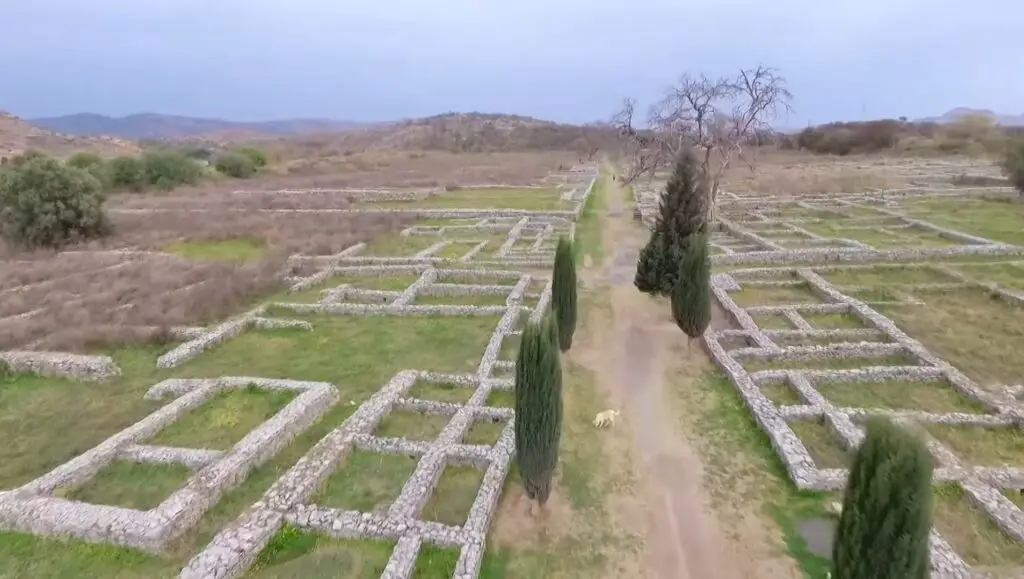
Statues of different well-known humans in records including Alexander the remarkable and the eminent ruler Asoka are also determined inside the town of Taxila. these types of statues show tremendous talent and craftsmanship because of the detail and intricacy that went into the making of those statues.
Taxila was taken over with the aid of Alexander the top-notch in 327 BC and then it became ruled by means of the Mauryans. Closer to the stop, it came underneath Asoka’s rule in the course of which time it reached the zenith of its development and lifestyle. Ultimately, Taxila was taken over and destroyed.
The remaining big historic length for Taxila became the Gandhara length. It was all through this time that Taxila became a global acknowledged center for philosophy and art. The metropolis has a strong traveler base and also draws many travellers from the location of China and Greece, generally due to it being a center for Buddhism, and Buddhists from all around the globe come and visit the stupas inside the town due to their spiritual significance to them.
By using a little money owed, the University of Historical Taxila is considered to be one of the earliest universities in the global.
Different pupils do now not bear in mind it to have been a university within the contemporary feel, in that the academics residing there might not have had a reliable club of precise schools, and there did now not seem to have existed motive-built lecture halls and home quarters within the town. In a 2010 file, the Global History Fund recognized Taxila as one of all 12 worldwide sites that have been “on the verge” of irreparable loss and harm, citing insufficient management, development pressure, looting, and armed war as number one threats.
However, great maintenance efforts have for the reason that been completed with the aid of the Pakistani government, which has resulted in the Site’s recategorization as “well-preserved” by means of distinct worldwide guides. Because of the substantial preservation efforts and renovation, Taxila is one of Punjab’s famous traveler spots, attracting as many as 1,000,000 vacationers every year.
In ancient times, Taxila was referred to as Takṣaśilā in Sanskrit (in line with IAST) and as Takhkhasilā in Pali. The town’s Sanskrit name is interpreted as “metropolis of reduce Stone” or “Rock of Taksha” in connection with a story within the Ramayana that states that the town was founded by way of Bharata, the more youthful brother of the Hindu deity Rama, and named in honor of Bharata’s son, Taksha.
The city’s cutting-edge name, but, is derived from the historic Greek rendering noted in Ptolemy’s Geography. The Greek-language transcription of Taxila became universally favored over the years, and each of the Sanskrit and Pali names fell out of use.
Faxian, a Chinese language Buddhist pilgrim who visited the metropolis through Silk Avenue, had given its name’s meaning as “cut-off head”. With the help of a Jataka, he had interpreted it to be the location in which Buddha—in his preceding delivery as Pusa or Chandaprabha—cut off his head to feed a hungry lion.
This lifestyle nevertheless persists with the area in front of Sirkap (additionally that means “cut-off head”), which became acknowledged within the nineteenth century as Babur Khana (‘house of Tiger’), alluding to the location in which Buddha provided his head. Furthermore, a hill range to the south of the Taxila Valley is referred to as Margala
In conclusion, Taxila is an ancient city that played a significant role in the development of Indian civilization. Its status as a center of learning and commerce helped shape the culture and economy of the region for centuries, and its famous scholars and thinkers continue to inspire students and scholars around the world. Today, the ruins of Taxila serve as a reminder of the city’s importance and enduring legacy.

